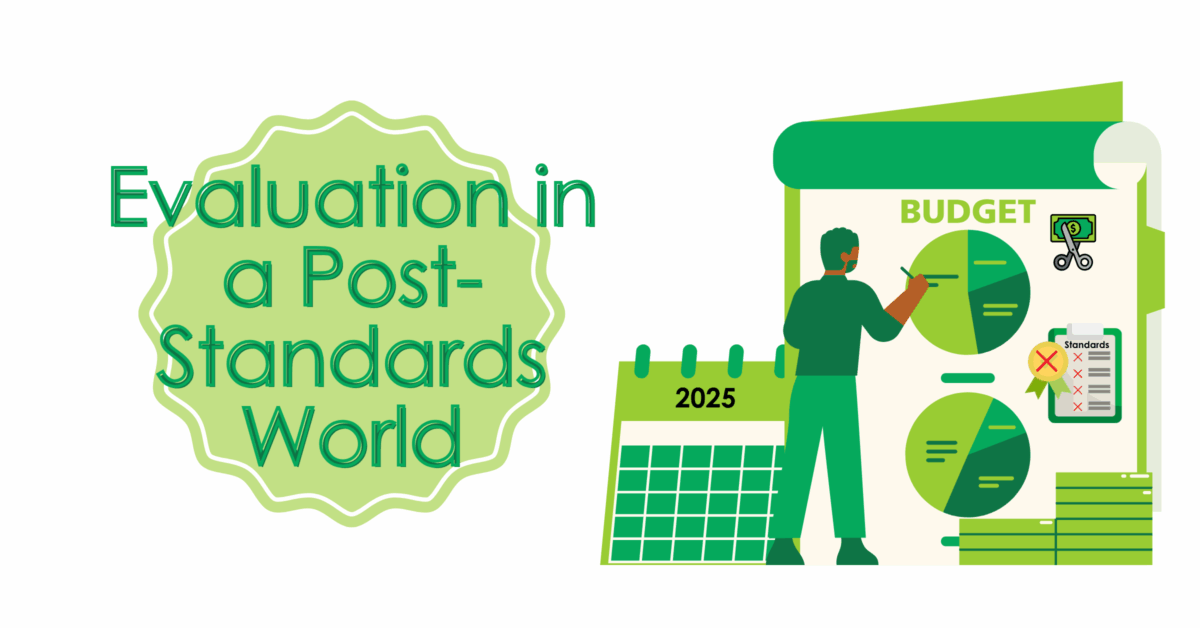
by Michaels Energy | May 8, 2025 | The Big Why
As with building energy codes, equipment standards are a very cost-effective way to save energy by requiring a minimum level of energy efficiency for certain products, thereby transforming the market. Similarly, the Environmental Protection Agency’s ENERGY STAR...

by Michaels Energy | Jul 10, 2024 | The Big Why
I recently bought an electric lawn mower. I’m not one to gush (or really care) about lawn equipment (or my lawn, for that matter), but I must say my electric lawn mower is amazing. I feel like it has changed my life. And apparently I am not alone. I read an ACEEE...

by Michaels Energy | Jun 5, 2024 | The Big Why
When I was asked a while back to be a guest writer for this blog, it’s not surprising that my ideas kept drifting toward Evaluability Assessments. Anyone who has worked with me knows that I’m a planner and I like to be prepared. (Dare I say over-prepared.) Full...

by Michaels Energy | Jun 13, 2023 | The Big Why
Evaluations can sometimes feel like a regulatory checkbox. This can seem especially true for process evaluations which may be required but provide seemingly limited value. However, process evaluations can provide programs with invaluable information if the...

by Michaels Energy | Apr 5, 2023 | The Big Why
In case you haven’t heard, heat pumps are a thing now. As their efficiency and performance in cold climates continue to improve, heat pumps have become the backbone of energy efficiency and decarbonization efforts and are a focal point of the Inflation Reduction Act....






